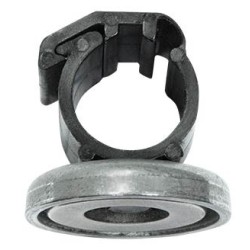Product successfully added to your shopping cart
Quantity
Total
There are 0 items in your cart.
There is 1 item in your cart.
Total products
(tax incl.)
Total shipping (tax incl.)
To be determined
Tax
£ 0.00
Total
(tax incl.)
Continue shopping
Proceed to checkout
Menu
-
MenuBack
-
Air Suspension
-
-
-
Air Suspension
-
-
-
Air Management
-
-
-
Air Suspension
-
-
-
Air Suspension
-
-
-
Air Suspension
-
-
-
Air Suspension
-
-
-
-
Air Suspension
-
-
-
Air Suspension
-
-
-
Controller Mounts
-
-
-
Load Support
-
-
-
Air Helper Spring Kits
-
-
-
Air Helper Spring Kits
-
-
-
Air Helper Spring Kits
-
-
-
Air Helper Spring Kits
-
-
-
Air Helper Spring Kits
-
-
-
Coilovers
-
-
Springs
-
-
-
Lowering Springs
-
Lifting Springs
-
-
-
Lowering Springs
-
-
-
Lowering Springs
-
-
-
Dampers
-
-
Wheels
-
-
Accessories
-
-
-
-
Featured Accessories
-
-
-
-
-
-
-
-
On Sale
Offers
-
-
ON SALE
Pre-owned, ex display and end of line bargains.
-
-
Intermotiv Limited is authorised and regulated by the Financial Conduct Authority FRN 719345.
We act as a credit broker not a lender and offer finance from a panel of lenders.
Intermotiv Limited is registered with Companies House in England and Wales - Company number 07142376. VAT Registration number 121502962.
We act as a credit broker not a lender and offer finance from a panel of lenders.
Intermotiv Limited is registered with Companies House in England and Wales - Company number 07142376. VAT Registration number 121502962.












